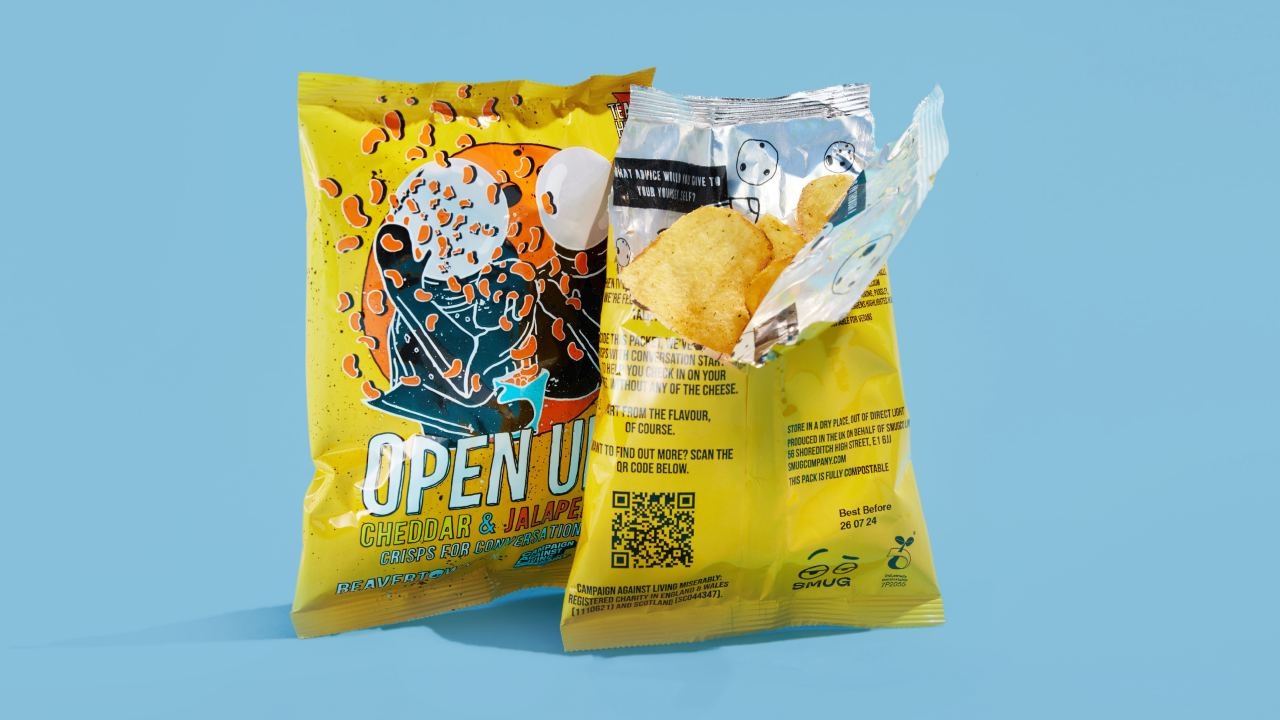ERA conference showcases gravure’s strong position in Turkey for package printing
The ERA 2015 Packaging and Decorative Gravure Conference has highlighted the strong position gravure has for package printing in Turkey.
Staged in Izmir on the Aegean coast, the conference was attended by some 140 participants from European and Turkish packaging and decorative gravure printers, engravers and the supply industry.
Enver Bakioğlu, member of the board of the Bakioğlu Group and of the Turkish Flexible Packaging Industrialists’ Association (FASD), opened the conference with an overview of the Turkish flexible packaging market. FASD member companies have a total turnover of approximately 2.6 billion EUR (2.8 billion USD), of which 40 percent is exports. The main export market is Europe which takes over 70 percent of the exported flexible packaging material produced by Turkish packaging printers. Further, Turkey produces more packaging substrate than it consumes, including BOPP, BOPET, PE and CPP. The Turkish market is dominated by gravure which has a share of 70 percent, with flexo making up the rest. The main challenges to the market are the price pressure from the growing market share of private label consumer products, and the shorter run lengths now required, said Enver Bakioğlu.
He was followed by Dr Giancarlo Cerutti, of Italian gravure press manufacturer Cerutti, who praised Turkey as a flourishing market for packaging gravure, while an example for the high standard of the Turkish packaging gravure printing industry was shown by Emir Incekara who presented Intermat Ambalaj, a subsidiary of the Istanbul-based Pak Group. The company, which recently joined ERA as member, operates two modern Rotomec gravure presses to print high quality flexible packaging material for the food and dairy industries.
The economic development and future challenges for Turkey were discussed by Dr Erdal Yalcin from the Munich-based Ifo Institute, who said that Turkey, which has a growing population of 76 million and a GDP of some 10,500 euros per capita, has shown ‘stunning’ economic development during the last decade with growth rates of over nine percent. However, the growth has flattened in recent years, he noted, and as the boom was mainly driven by internal demand and consumption it correlated with a rising trade deficit and increasing external debt. To reduce these deficits, and to recover growth, Turkey aims to increase exports. The TTIP agreement – still under negotiation – would cause problems for Turkey which has a Customs Union Agreement with the EU, and whose trade would therefore be limited as TTIP would not be applied to Turkey. Yalcin spoke of the need for deeper economic integration of Turkey into the European Customs Union and deeper political integration into the EU in the long run.
Also discussed was the current situation in Iran after the nuclear deal by Adnan Tabatabai of the German-based Center for Applied Research in Partnership with the Orient (CARPO). ERA describes Iran as another country with ‘great potential for gravure’. To enter the Iranian market, Tabatabai recommended avoiding political debate, and to show interest in the country’s culture and history.
The effects of the forthcoming revised EU tobacco product directive were presented by Stephan Lammers of Saueressig. He explained that the directive would stimulate cylinder manufacturing as some 65,000 new gravure cylinders must be engraved. Instead of one health warning it is now required to have 42 different pictures to be printed alternately on the package. Even more restrictive will be plain packaging which allows only one pack color, and requires the brand name in mandated size, font and position on the pack. This is not required by the new directive, but is to be introduced by France and the UK.
Technical presentations included an overview on the latest developments in cylinder preparation by Christoph Gschossmann of Kaspar Walter. The new HelioZinc plating process provides an ideal material for laser engraving, and a 40-cylinder buffer can now be integrated into the Autocon line to prevent production blockages, allowing installation designs for 60, 80 or 120 cylinders per day. Giovanni Caprioglio of Bobst Italia presented the trend to shaftless cylinders, held by internal chucks instead of stub shafts in the press, and in-line washing, which simplifies job changeover. Andreas Schellenbach, of Siegwerk’s Turkish subsidiary, spoke on mastering complexity in packaging design by skilful design to handle sensitive or aggressive filling goods, such as coffee or ketchup.
Dr Carol Werlé of Dalim Software also showed participants streamlined production of consumer goods packaging by using smart technologies.
ERA secretary general James Siever said: ‘The conference has demonstrated the strong position of gravure in this developing market. In ERA’s latest statistics on the number of packaging gravure presses Turkey ranks as equal second with Italy, behind market leader Germany.’
The event included the presentation of the winners of the 2015 ERA Packaging Gravure Awards.
Stay up to date
Subscribe to the free Label News newsletter and receive the latest content every week. We'll never share your email address.

